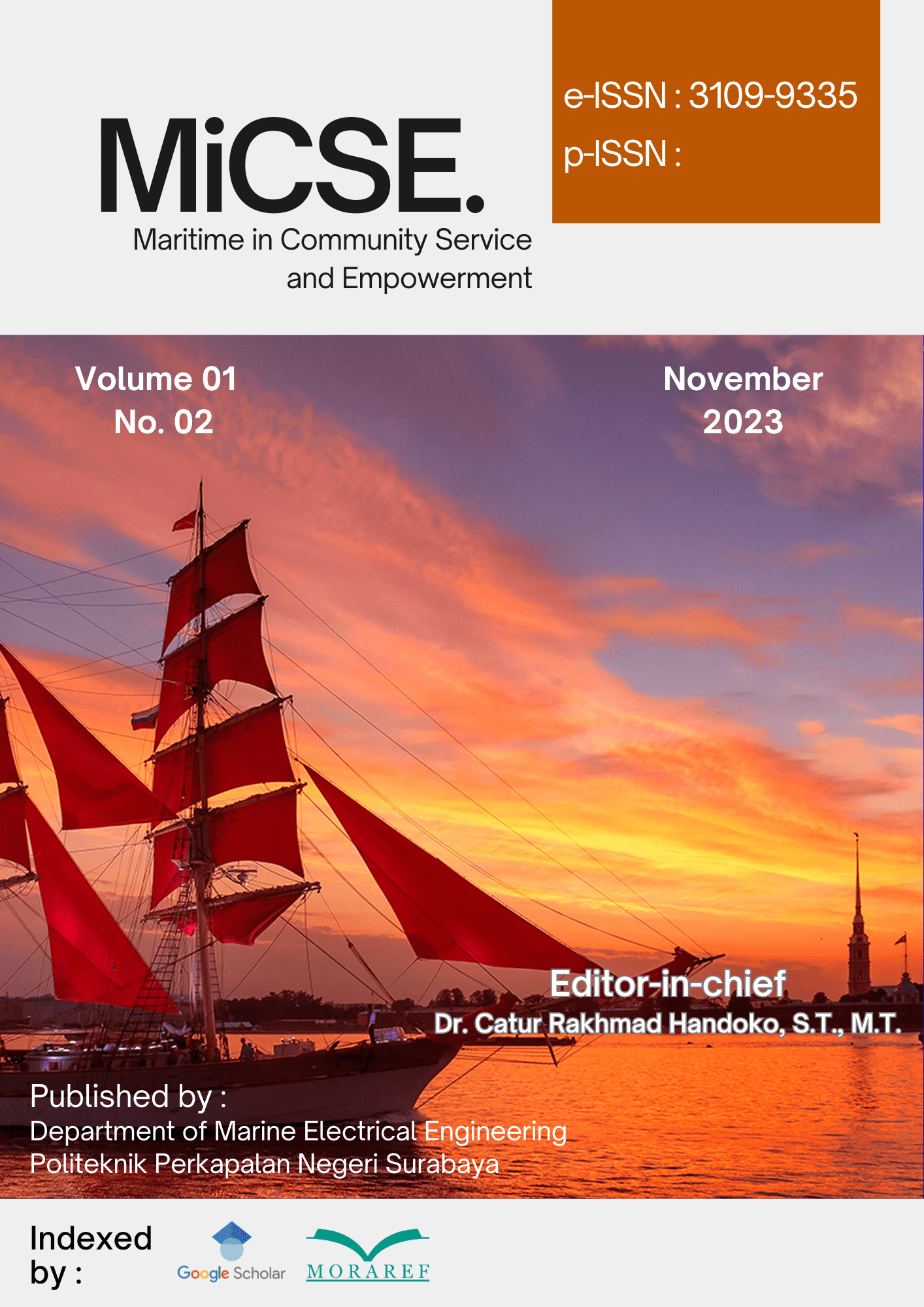Comparison of LQR Optimization Methods in Enhancing the Output Response of Maxon EC-i 40 DC Motors for Community
Keywords:
Modeling, SISO, SIMO, MIMO, MISOAbstract
DC motors are widely used in both industrial and everyday applications due to their versatility and reliability. To optimize the performance of DC motors, implementing an effective controller is essential to ensure efficient operation under varying conditions. Modeling plays a critical role in evaluating whether the intrinsic response of a DC motor, even before being subjected to load, meets performance expectations. Common modeling techniques include SISO (Single Input Single Output), SIMO (Single Input Multiple Output), MISO (Multiple Input Single Output), and MIMO (Multiple Input Multiple Output). Accurate plant modeling requires the mathematical representation of the system to visualize its response graphically, often aided by specialized software. This study focuses on first-order and second-order mathematical models of DC motors, analyzing their behavior under different configurations and disturbances. Real-world systems are inevitably affected by disturbances, including internal noise, which can significantly influence system performance. The primary objective of this research is to compare the response characteristics of a 42BLFX02 DC motor under first-order and second-order mathematical models when configured as SISO, SIMO, MISO, or MIMO systems, with and without noise interference. The findings reveal that the SISO configuration without noise interference delivers the most stable and linear response, free of ripples. Second-order mathematical models produce responses closer to the setpoint compared to first-order models. In MISO and MIMO configurations, the system's output response tends to mirror one of the input signals. The introduction of noise significantly alters the output response, causing it to emulate the noise pattern.



